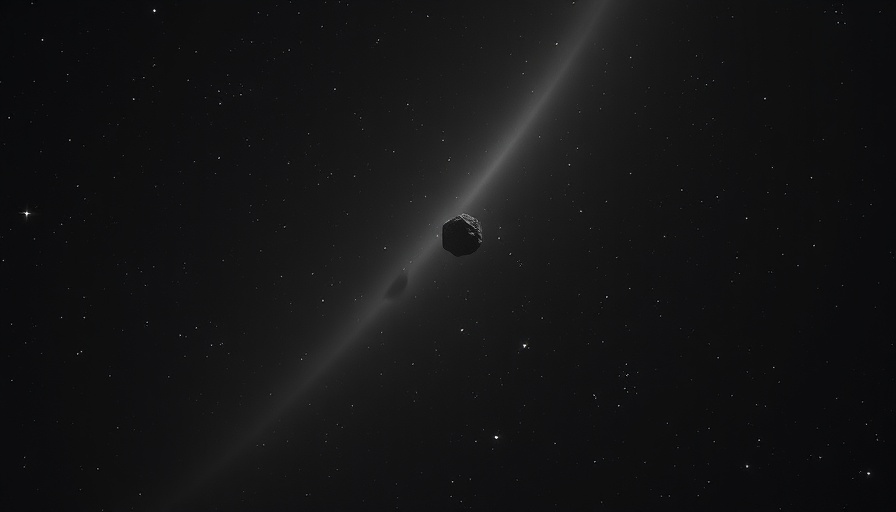
Asteroid 2024 YR4: The City Killer with a 3.1% Impact Chance
An asteroid referred to as a "city killer"—designated 2024 YR4—has gained attention this week after NASA announced it now holds a 3.1% chance of colliding with Earth in December 2032. This statistic highlights a situation that brings both scientific intrigue and public concern, as the astronomical community works diligently to track its trajectory and reassess the potential consequences of its approach.
The Growing Threat of 2024 YR4
Initially detected on December 27, 2024, from the El Sauce Observatory in Chile, 2024 YR4 is estimated to measure between 130 and 300 feet (40–90 meters) wide. This size is significant enough to cause substantial destruction to a major city if it were to strike the Earth directly. Over the past few weeks, its predicted probability of impact has escalated from 1.2% to 3.1%, making this asteroid a key subject of study for planetary defense experts.
Experts remain cautious yet optimistic. Bruce Betts, the chief scientist for the Planetary Society, emphasized that increasing percentages should not incite panic. Instead, they reflect the evolving understanding of YR4's trajectory as more data becomes available. Historically, past estimates for other asteroids have also fluctuated before ultimately declining—like the case with Apophis in 2004, which was later dismissed as a threat.
The Mechanism Behind Asteroid Tracking
The process of monitoring asteroids involves complex calculations that map their trajectories using observational data. As observations accumulate, uncertainties surrounding an asteroid's path can be refined. Notably, the higher the percentage of likelihood for impact initially reported often corresponds to greater uncertainties rather than an impending strike. Asteroid 2024 YR4 may currently be at 3.1% for an impact in 2032—as measured by NASA's calculations—but this number is expected to fluctuate significantly as scientists gather more information.
Potential Consequences and Preparedness
Despite the alarming designation as a "city killer," the merits of preparedness can't be understated: a successful impact from YR4 would primarily lead to localized destruction rather than global extinction. The scenario could result in substantial damage to cities such as Bogotá, Colombia, or Lagos, Nigeria, where an event could lead to billions in damages and loss of life. However, researchers are closely monitoring its orbit and assessing strategies that might leverage findings from NASA’s recent missions aimed at asteroid redirection.
The Way Forward: Impact Assessment and Mitigation
As scientists continue to observe 2024 YR4 using advanced tools like the James Webb Space Telescope, they aim to establish a more definitive risk assessment with the hope that the odds of impact will recede. Ongoing studies will provide crucial insights not only about this particular asteroid but also regarding future hazard assessments for other potentially threatening bodies in space.
In conclusion, while the chance of impact from 2024 YR4 has risen to a noteworthy level, experts advise against panic. Instead, they encourage a focus on developing precise observational measures and maintaining global readiness. The efforts of the international astronomical community play a critical role in managing these unpredictable celestial threats as we advance our understanding of the universe.
 Add Row
Add Row  Add
Add 




Write A Comment